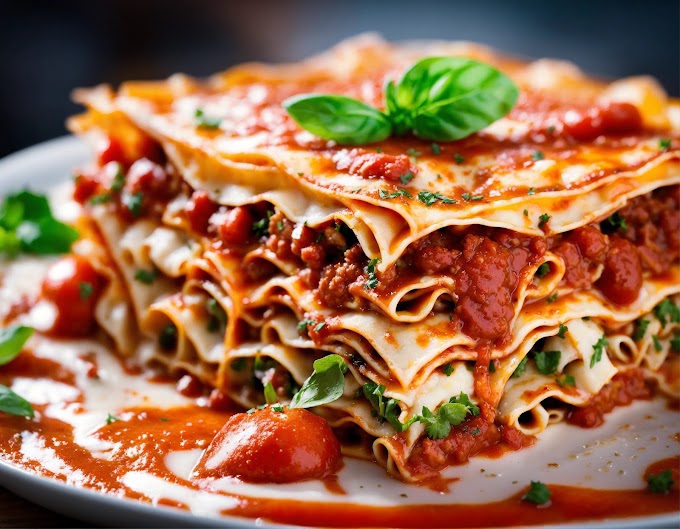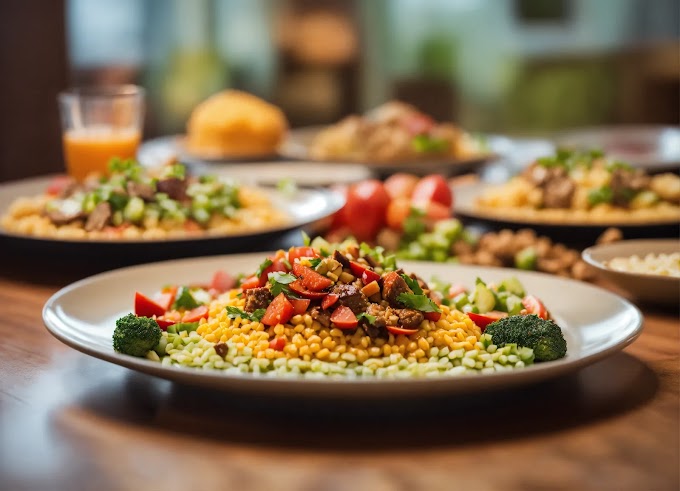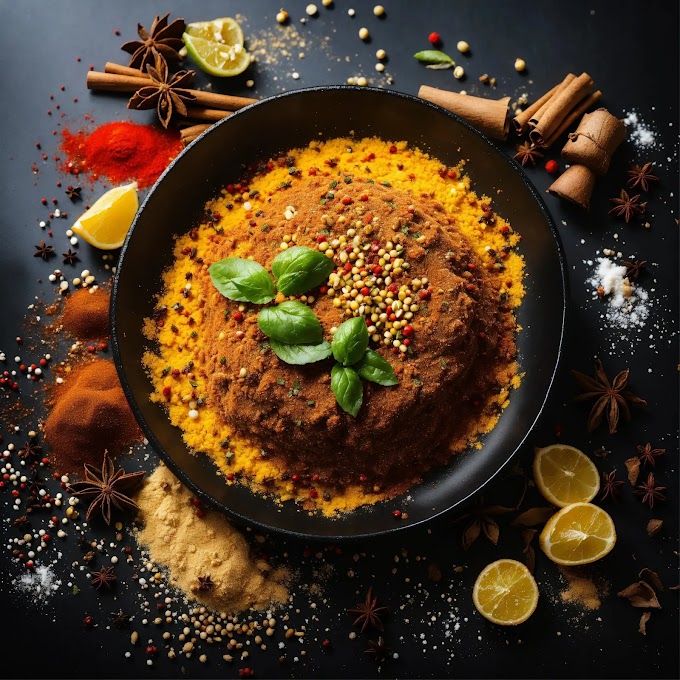Introduction:
In the culinary realm, few dishes embody the essence of simplicity and taste as profoundly as chow recipes. Hailing from various cultures and cuisines, chow recipes are a celebration of fresh ingredients, vibrant flavors, and the joy of uncomplicated cooking. Join us on a journey through the delectable world of chow, where each bite tells a story of heritage, simplicity, and culinary mastery.
Understanding the Chow Concept:
Origins of Chow:
- The term "chow" has its roots in various cuisines, such as Chinese, Trinidadian, and Guyanese, each offering its unique take on this delightful dish. While ingredients may vary, the essence of chow remains consistent—a harmonious blend of fresh fruits, vegetables, and an assortment of seasonings.
Ingredients:
- Chow recipes typically feature a base ingredient, often fruits like mangoes or pineapples, accompanied by a medley of complementary flavors. Common additions include lime or lemon juice, salt, pepper, cilantro, and sometimes a hint of chili for a kick.
Preparation:
- Simplicity is key in chow preparation. The ingredients are diced or sliced, combined in a bowl, and generously seasoned. The magic happens as the flavors meld, creating a refreshing and invigorating taste that is greater than the sum of its parts.
Exploring Chow Varieties:
Mango Chow:
- Originating in the Caribbean, mango chow is a popular variation that features ripe mangoes, lime juice, pepper, and a savory mix of herbs. It's a perfect balance of sweetness, acidity, and spiciness.
Pineapple Chow:
- A tropical delight, pineapple chow combines the juicy goodness of pineapples with zesty lime, a touch of salt, and the crunch of fresh herbs. It's a burst of sunshine in every bite.
Trinidadian Chow:
- Trinidadian chow often showcases a variety of fruits like mangoes, apples, and pears. It incorporates a blend of flavors, including garlic, culantro, and chadon beni, creating a truly distinctive taste.
Conclusion: Savoring the Simplicity of Chow:
In conclusion, chow recipes invite us to revel in the simplicity of fresh ingredients and bold flavors. Whether you're enjoying a classic mango chow or exploring innovative variations, the essence of chow lies in its ability to captivate the taste buds with minimal effort. So, embark on a culinary adventure, experiment with different fruits, and let the vibrant world of chow redefine your appreciation for uncomplicated, yet profoundly delicious, dishes. Happy chowing!
FAQs - Navigating the World of Chow:
1. Can I use other fruits in chow recipes?
- Absolutely! The beauty of chow lies in its versatility. Experiment with different fruits like cucumbers, watermelon, or jicama to discover your unique combination.
2. How long can chow be stored?
- Chow is best enjoyed fresh, but it can be stored in the refrigerator for a day or two. Keep in mind that some fruits may release juices over time, so it's ideal to consume it sooner rather than later.
3. Is chow always spicy?
- Not necessarily. The level of spiciness in chow can be adjusted to suit your preferences. Some recipes include chili peppers, while others focus on the natural sweetness of the fruits.
4. Can chow be served as a side dish or a standalone snack?
- Chow is incredibly versatile. It can be a refreshing side dish to complement a main course or a satisfying standalone snack. Let your cravings guide you!
5. Are there dessert versions of chow?
- Indeed! Some chow recipes take a sweeter turn, incorporating fruits like strawberries, melons, or even kiwi. These dessert chows often include a drizzle of honey or a sprinkle of cinnamon.











Thank you for comments